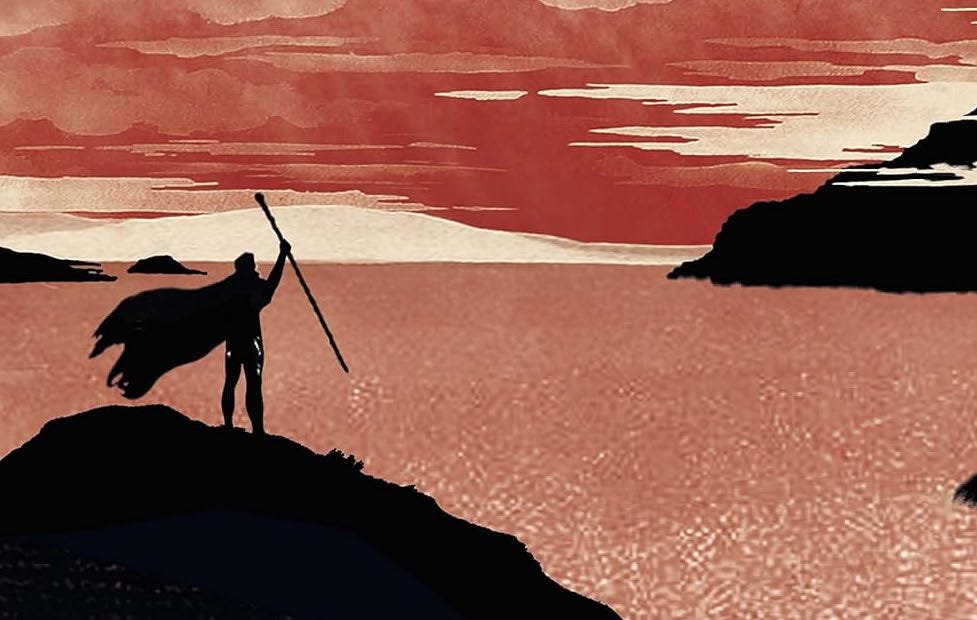Lessons From Earthsea
Ursula K. Le Guin’s 'A Wizard of Earthsea' may be a classic, but does anyone still care? Writers and creators of fantasy, neglect this book at your peril
How did we forget A Wizard of Earthsea (1968)? Everyone agrees Ursula K. Le Guin’s rites-of-passage fantasy is a classic: profound, lyrical, exquisitely written, a masterclass in the evocation of magic and revered by uber-hip authors from Margaret Atwood to that guy who wrote Sandman…


